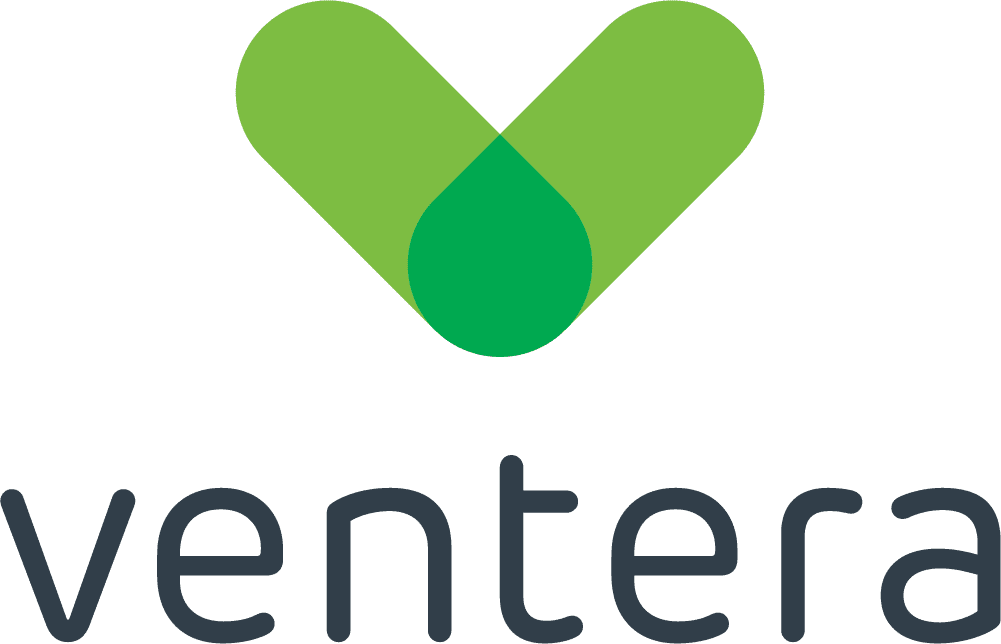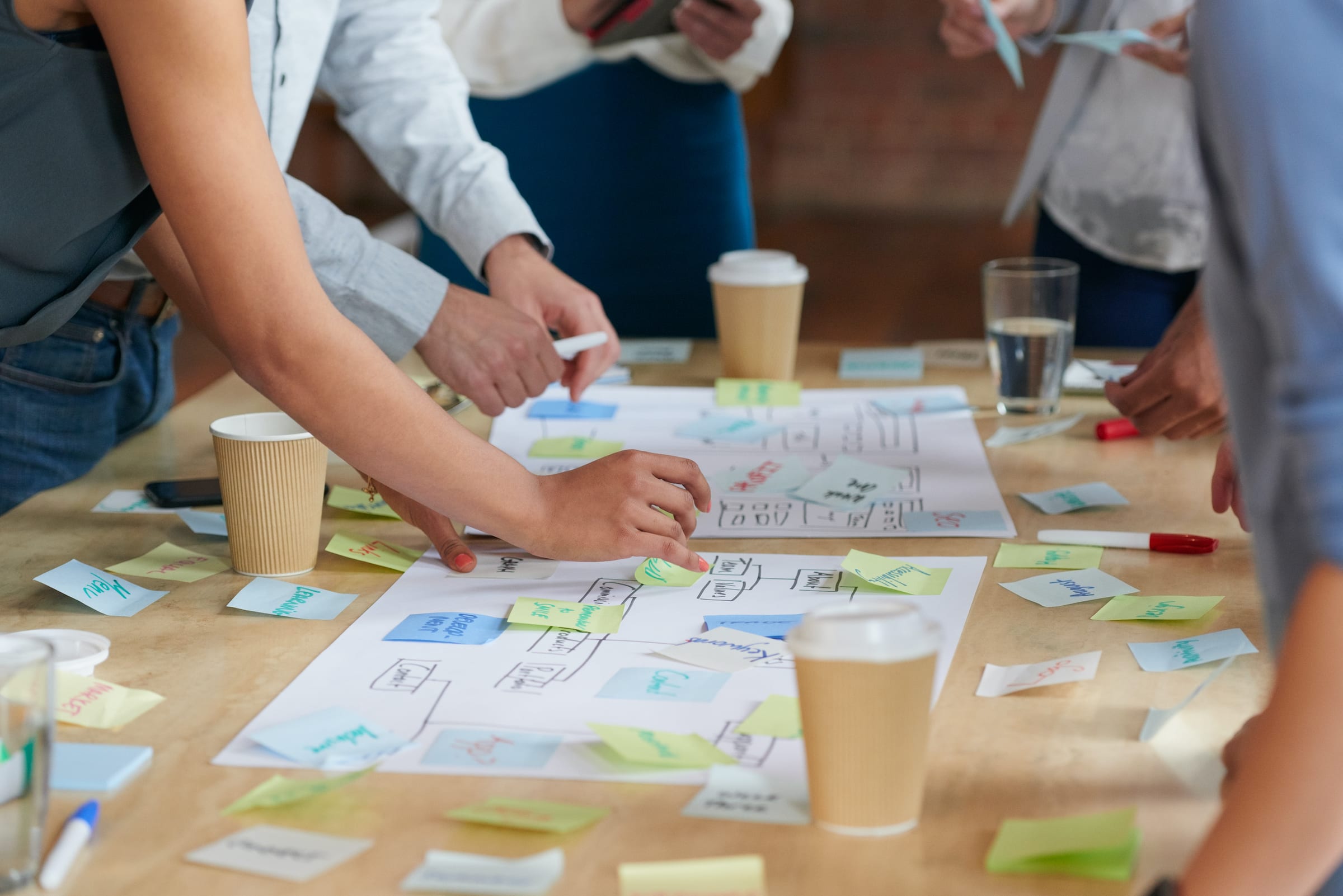Innovation isn’t a result. It’s the capacity to see change as an opportunity to do something better — instead of a threat. Long the locked-down domain of visionaries, innovation is now required for survival in any market. But pure inventiveness doesn’t cut it these days. Innovation is a moving target. You’ve got to move fast and deliver value to customers …
Who needs a stinkin’ roadmap?
The emphasis on technology and cloud migration continues to expand, and if organizations are not careful, operational results will be negatively impacted. These trends give rise to an increasing focus on capacity, bandwidth, and security, to name a few. For operational teams to improve their chances for success and to prevent getting lost along the way, using a roadmap approach …
Ventera Test Automation Framework (vTAF)
Challenges Traditional manual testing is not very efficient. Manual testing is labor intensive, requiring a team of people to perform multiple cycles of mundane tasks. Manual testing coverage is not always adequate – new builds and functions often take priority, leaving other items neglected. Manual testing time is often lengthy, with no economies of scale or efficiency improvements. Some automated …
The Difference Between Wireframes and Mockups
Wireframes are helpful in the early stages of design so that people do not get distracted by the styling of the interface while discussing functionality. In wireframes, it is perfectly acceptable to have placeholder text and empty content blocks while details are still being determined. Because color is the first thing that humans notice when they look at an interface, it is very easy for people to focus …
What Makes UX different from UI?
A UX designer concentrates on workflow and interactions, typically working in low-fidelity mediums such as diagrams and wireframes. Conversely, a UI designer specializes in look and feel, focusing on high-fidelity mockups and branding. While UX and UI are entwined from start to finish, the crux of a UX designer’s work occurs in the early stages of the design process while the primary responsibilities of a UI designer occur during the latter stages. Below …
UX Blog: Hunters and Farmers
On every team that I’ve ever worked with, there are hunters and farmers. The terms were originally used in sales to refer to salespeople who would go out and “hunt” new business, versus the farmer who was better suited for cultivating growth opportunities within existing customers. In the context of a UX team, both are important, but for very different …
UX Blog: Getting Past the “Concept Car” in IT Consulting
IT consulting is a highly charged, highly competitive landscape. Over the past half-decade or more, IT consulting firms have had a great deal of success positioning user-centered design as a key selling point in the commercial and government sectors. However, it’s really easy for sales and business development professionals to want to sell customers on the “concept car” – a …
UX Blog: The UX Spectrum
Jared Spool says it’s important to focus on the ‘comb-shaped’ professional, rather than the ‘T-shaped’ professional when building a skills-based team. Which, simply put, is a generalist. He disputes that notion by saying a generalist is “equally good at all things.” This is an erroneous assertion that only leads to a debate over semantics, so I’ll digress. No matter if …
UX Blog: The Case Against Best Practice
“At the end of the day, you have to know that ‘best practice’ is right for your users in your product.” There are many times where UX best practice are helpful, useful and a good guide to follow. A quick Google search shows there is no shortage of sites, articles and musings on rules, principles and guidelines under the guise of ‘best practices.’ However, this is …
UX Blog: The Product Management and UX Overlap
Last week, a product manager from a popular brand had a few questions on Slack: How are UX designers and Product Managers connected? Do their duties overlap, if so how do you resolve conflicts? “There is a great deal of overlap between PMs and UX, with only slightly different objectives and focus.” We had a nice long discussion on the topic, and …
Innovation, Automation and Iteration
Over the last 20+ years of my career in product design, the industry has been in a constant state of change (i.e. chaos). Process has changed, methods have transformed and outcomes have progressed. There is one thing that has remained consistent throughout that time — how we approach design solutions. There are three ways to design solutions: Innovation, Automation and …
Freedom to Fail
“Design is messy before it is meaningful, chaotic before balanced, and filled with failure along the way.” Over ten years ago, Nick Campbell summed up the design process as “Move stuff around until it doesn’t look like sh*t.” Of course it’s more complicated than that, but he had a point. Design is messy before it is meaningful, chaotic before balanced, and filled with …
The UX Paradox: How We Diminish Our Own Influence
Everyone has their own experience working with UX professionals: good, bad or indifferent. Unfortunately, the impact of a negative experience with UX has an exponential effect over time. One poor experience has a snowball effect on how we are perceived, supported, and even calls into question our relevance and efficacy. Herein lies the paradox. Creating a positive experience is our primary job, …
Design Leadership: From Creator to Facilitator
I’ve wanted to write this article for some time to chronicle my own journey in design leadership, and some of the issues and adjustments that I’ve faced personally. This is the information I wish I would have had when I first made the transition to a lead role. However, leadership doesn’t have to include a management role or title. Leadership is …














